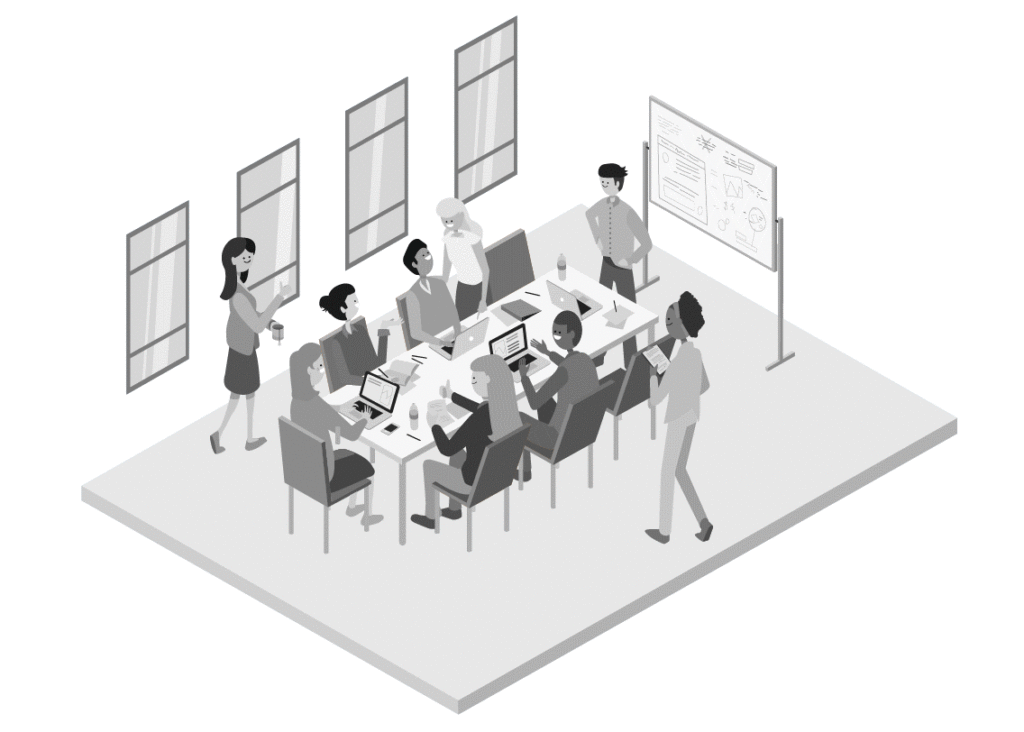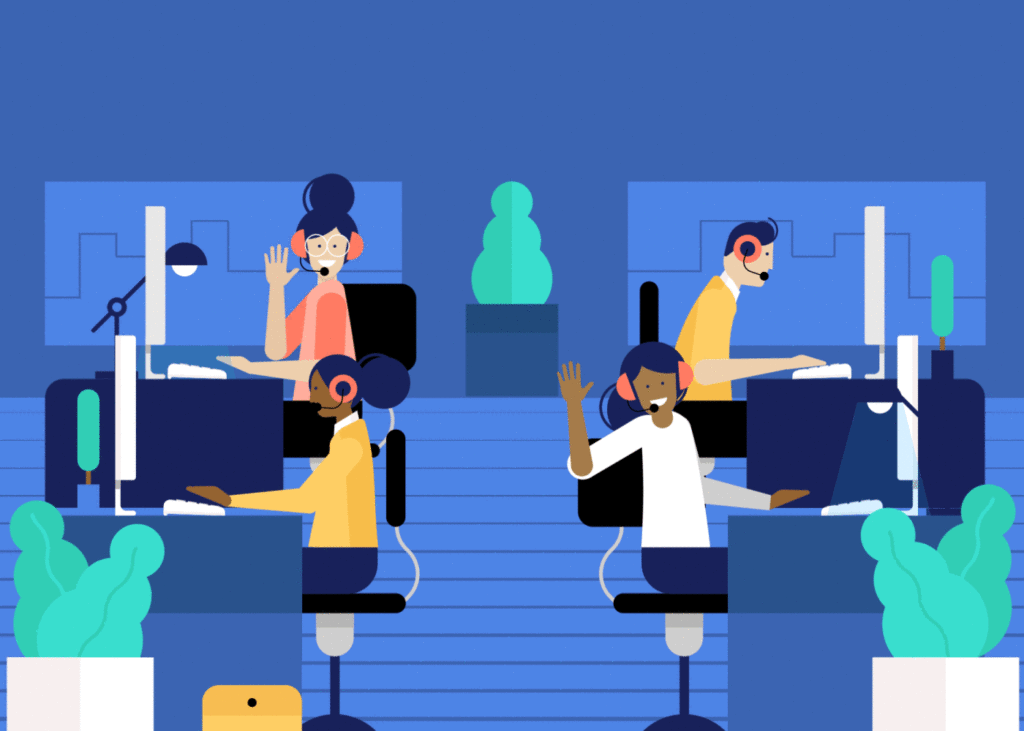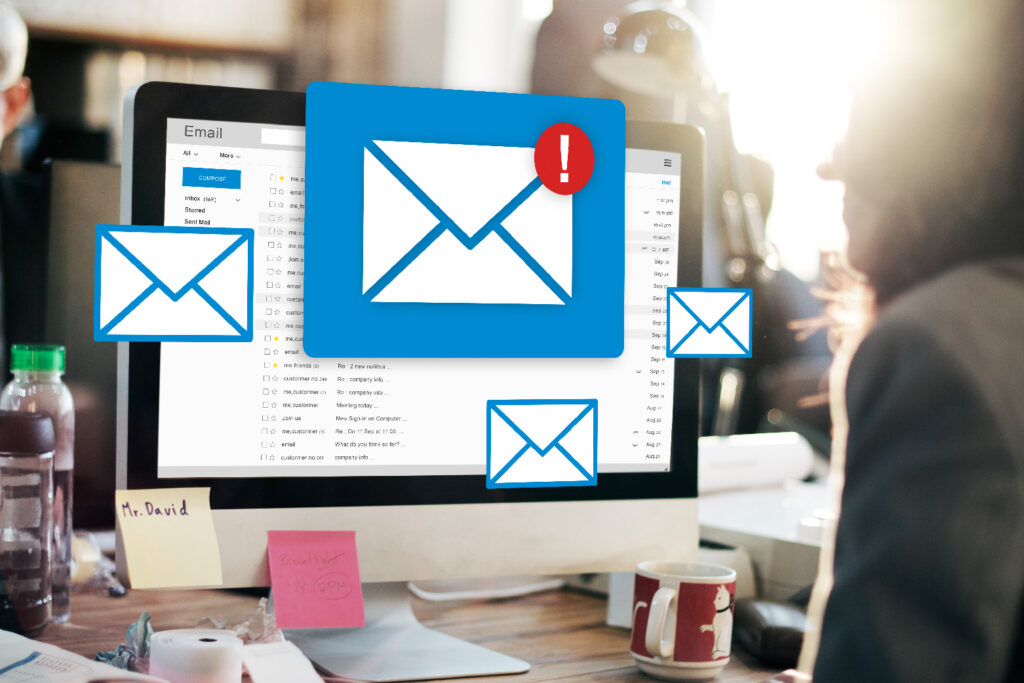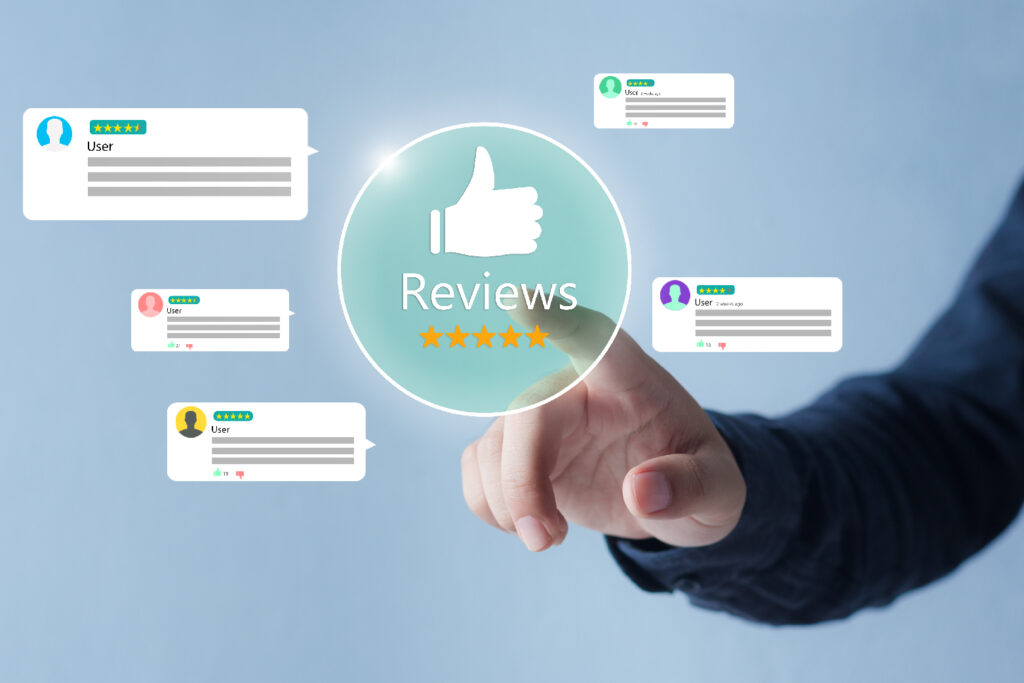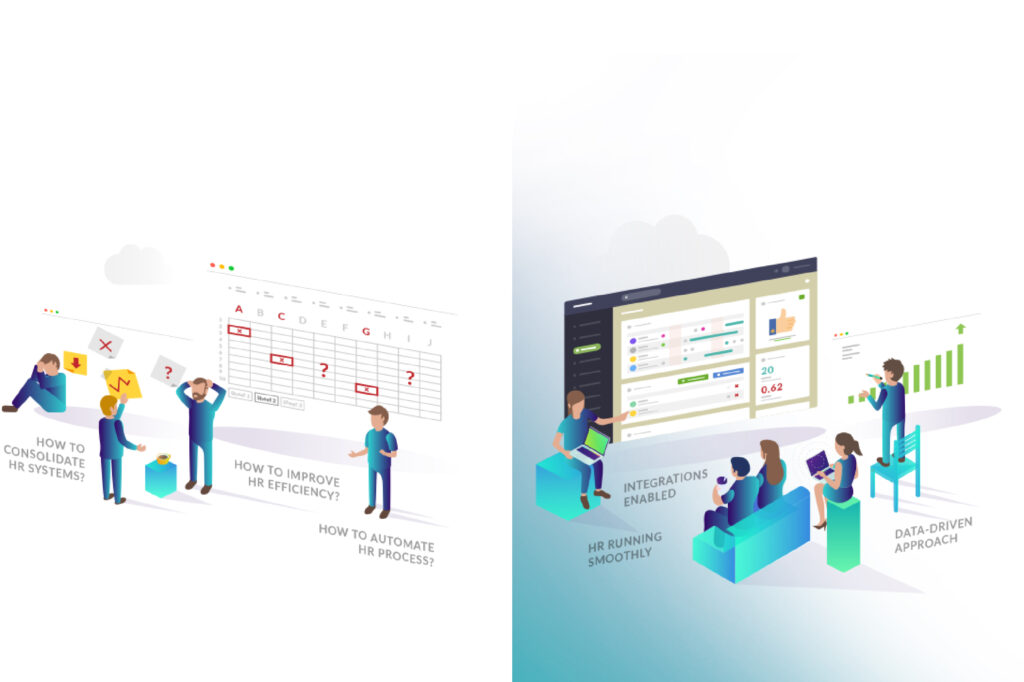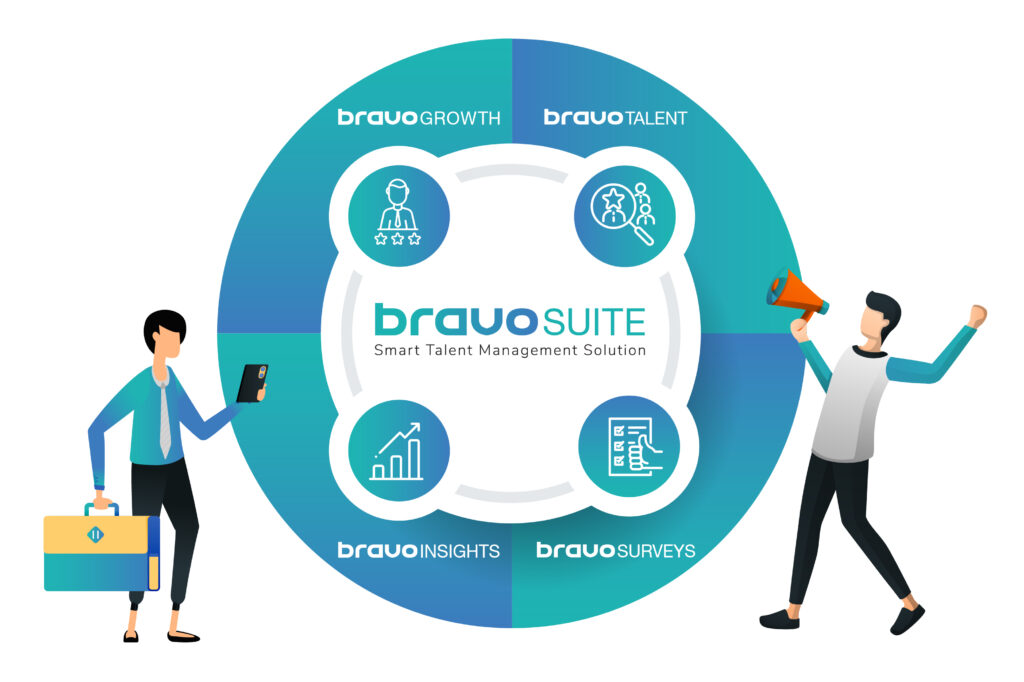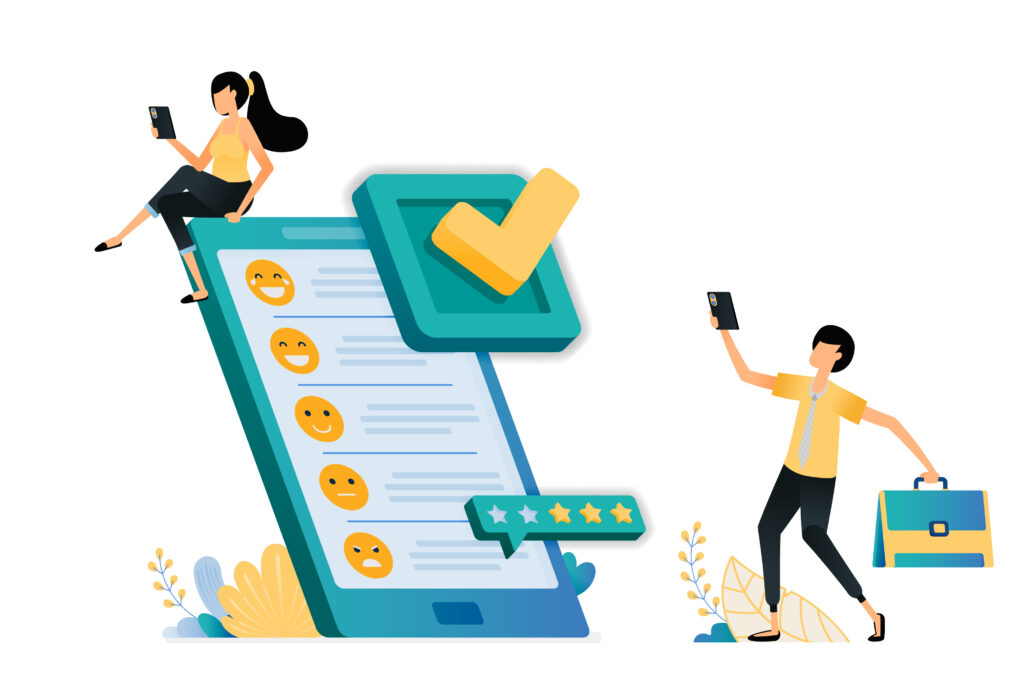People can make or break the success of a company, and thus, the human resource department plays an essential role in shaping a company. Their responsibilities range from analyzing the job market to setting and updating policies. Most importantly, every company turns to HR for a crucial task: human resource innovations.
Why are the top leaders in major organizations pushing for HR innovations? This article will help you understand the reasons, navigate the trends, and ways to empower innovation in HR.
Why HR Innovations Are Worth Investing In

What is HR innovation?
HR innovation entails the adoption of fresh concepts, procedures, and tools to better serve the changing needs of an organization and its workforce. Instead of just coming up with an immediate answer for a current situation, innovation is about foreseeing and preparing for future demands and conditions.
Even though HR teams hold such considerable influence, many have chosen to neglect it. This is why we want to highlight the potential impact of HR innovations.
The unique value of HR innovation
Innovation helps a company stay relevant and competitive in fast-moving industries. Being slow in pursuing innovation may demoralize your most engaged and ambitious employees, causing them to look for greener pastures. Staff turnover and the corresponding hiring costs would decrease your recruitment efficiency and cause disruptions to the team’s progress.
Moreover, your competitors are creating and trying out new methods and concepts every day. An outstanding company understands what it takes to stay ahead of the game – to change when the time changes.
For example, many HR departments have utilized chatbots. Some chatbots are powered by AI, some are not, but overall, they are capable of answering candidates’ questions anytime, even outside of working hours. They provide great assistance in scheduling interviews, providing contact details, directing enquiries to the right person in charge, etc. Their prompt responses improve candidates’ experience, thus streamlining your recruitment process.
Lastly, the human resource department affects every team member at crucial points in the employment lifecycle. Therefore, HR holds an ideal position to promote and aid innovation that would retain top talents.
In conclusion, HR has the power to introduce innovation that moves the business and its people forward, keeping you in the game with its competitors.
HR Innovation Trends
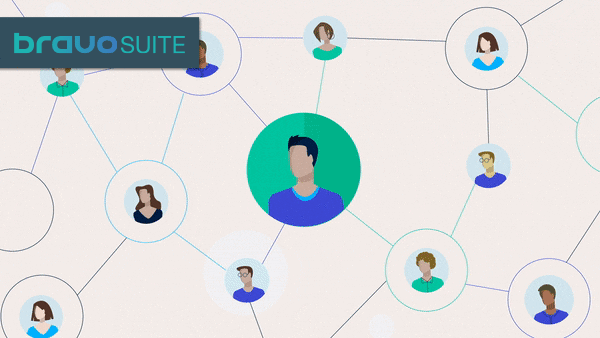
Are you aware of the HR innovation trends that have taken place in recent years? One of the fastest ways to accelerate growth is to learn from others’ successes and mistakes. Read on to catch up with them.
Flexible work
The global pandemic has definitely challenged traditional office arrangements. Flexible work is strongly desired, seeing how tight the labor market has become.
No longer simply referring to remote work, flexible work refers to one’s ability to choose their own working schedule.
For example, employees may prefer three to four working days with longer hours. The 2023 Workplace Learning Report by LinkedIn found that flexible work is one of the top five considerations when employees are pursuing new jobs.
If possible, HR should examine the new work patterns the company can establish to ensure employee satisfaction, company goals, and of course, creative ideas to advance the business.
AI assistance in the recruitment process
Never before has AI (artificial intelligence) and ML (machine learning) made such a substantial impact on our lives. It has made breakthroughs in marketing, customer service, strategic planning, and more. HR is not excluded from this trend.
For the most part, AI and ML technologies can do rote tasks precisely and quickly. They have been deployed to screen resumes for specific skills and experiences that match job requirements. These technologies are also used to analyze data and generate forecasts of labor demands and staff turnover.
However, it is important to remember that AI is not perfect. The ML models need to be audited regularly to ensure it stays (relatively) unbiased and delivers precise results.
Digital learning
The future of employee learning is omnichannel. Rather than gathering staff at a physical learning facility and conducting the training courses there, the learning and training will take place where the employees are. For instance, it can be online learning or pop-up campuses, utilizing platforms such as Udemy or Coursera. Or, you can also recreate your own internal platform with customized learner’s journeys depending on the employee’s career aspirations with your company. Such tailored learning experience encourages your core staff to see potential future growth with you, thus improving employee retention.
Work-based training encourages employees to fine-tune their existing skills and update new ones, automate workflow, and boost productivity.
Moreover, employees would feel appreciated as the company cares for their personal development and are more likely to commit to their positions long-term.
More focus on employee well-being and ESG
Long gone are the days when mental health was a taboo. It is now considered a human imperative. More and more companies are taking care of their employee’s mental health with transparent policies.
ESG (environmental, social, and governance) performance reports have gained in importance because of the pressure from stakeholders, board of directors, and investors. Nine out of ten employees responded in a survey published in the Harvard Business Review that they would trade some of their lifetime earnings for a job with more ESG impact.
Then what does this mean for HR leaders? The S – social – in ESG will be more significant. The updated regulations and board of directors will focus more on talent acquisition concerns, namely pay fairness, transparency, diversity of new hires, and employee retention.
How to Keep Up With the HR Innovation Trends
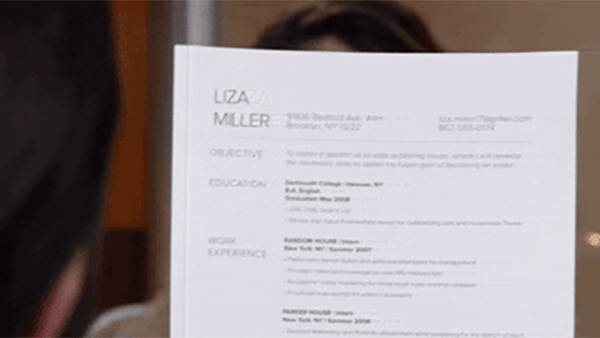
After understanding the newest HR innovation trends, the following are a number of practical HR innovation ideas.
Upgrade your recruitment effort – use recruitment tools
As mentioned above, with the rise of AI and ML, you can automate a lot of HR processes, including the recruitment process. Frankly speaking, going through a few dozen of resumes and cover letters for each vacancy is a demanding task, both physically and mentally.
Having recruitment tools like bravoTALENT and bravoGROWTH to quickly shortlist the best candidates and speed up the overall hiring process would improve your productivity.
Establish a recognition and reward system
Engaged employees are more likely to create innovation. They are even more likely to do so when their effort is appreciated and rewarded.
If an employee is valued and engaged, they are motivated to make positive changes in the company. Recognized behaviors are repeated behaviors – so be sure to make timely recognition so the team is motivated and involved. Below is a suggestion of specific steps you can take:
- Work with heads of department to make a list of performance expectations for each department.
- To find occasions where employees went above and beyond the call of duty, conduct an employee survey. Have them describe a time when their teammate showcased outstanding performances.
- Identify the types of rewards being offered to employees – a promotion, a bonus, a pay raise, or a banquet. You can conduct a survey on this matter, too.
- After sorting out the essential factors, try to create a system that works for your company: what conditions do the employees have to meet to earn a reward? Will there be group rewards or only individual rewards? Are the goals attainable?
- Ask for feedback after implementing the system and make adjustments along the way.
Take action and take risks
As human beings, we only want to hear what we want to hear. However, to move forward and grow, we need to be willing to hear what we need to hear. This especially rings true for leaders. Even if some ideas sound unusual at first, give them a chance.
If the idea is original, involve other team members for feedback. This way, you will have a more objective view of the matter, and others have the opportunity to participate in the process of coming up with a solution.
Another step you can take is to create a platform for anonymous feedback so your team members can be honest and comfortable delivering feedback. bravoSURVEYS is a great tool to carry out helpful surveys to get a better insight into the issues in question.
Build a safe environment for innovation
Create a healthy environment where your employees are not embarrassed, ridiculed, or ignored when presenting new ideas. Have them know that a new idea will not be punished or rejected, even if it is a mistake sometimes.
HR should work with team leaders to encourage them to ask team members for further input and feedback.
Doing so creates space for fresh ideas, better performance, and a lower turnover rate, as employees know that they are valued and heard.
Encourage HR Innovation

HR innovation is a superpower that should not be neglected. With the right tips and HR tools like bravoSUITE, it is possible to polish your employer branding with some HR innovations that would enjoy widespread employee support.


